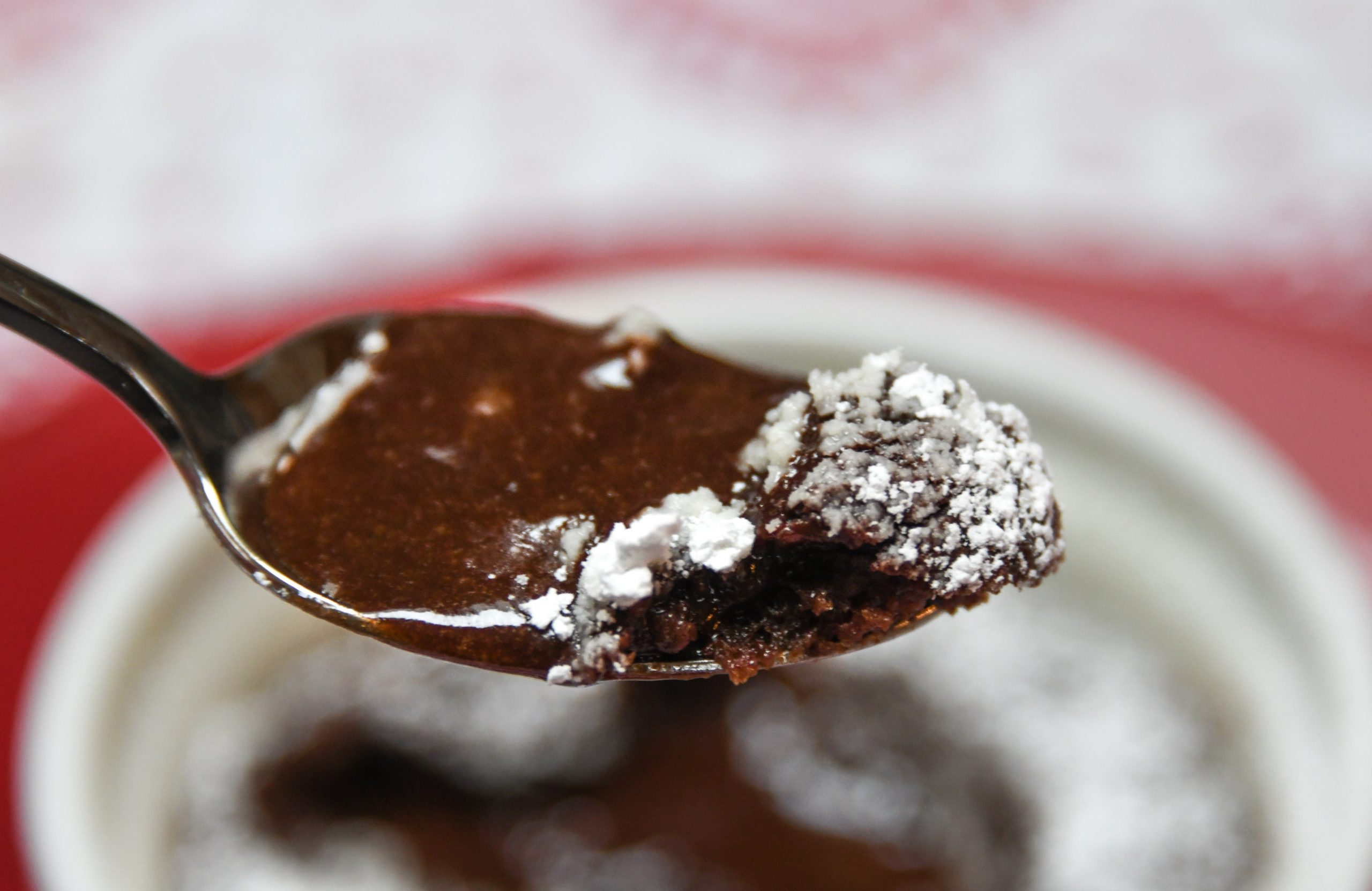Warm & Gooey Baked Chocolate Puddings
There’s very little that I can say about chocolate that hasn’t been said many, many times before. As you probably know, it comes from the seeds of the cacao tree. This evergreen hails from Latin America, from the area between southern Mexico and the northern Amazon basin. Once collected, the seeds are roasted, fermented and ground to make the heavenly treat known as chocolate. A little history The ancient Mayans were probably the first to enjoy hot chocolate. Archeological evidence shows that they buried their dead with the bowls and jars used to drink it. The Mayans weren’t alone in their love of a good chocolate beverage. The Aztecs drank it cold and sweetened with honey. Both cultures held chocolate in high esteem. They used it as an offering to the gods and served it at ceremonial feasts. It took until the 16th century for Europeans to encounter chocolate. Spanish conquistadors led by Hernán Cortés came across these ‘black almonds,’ as they called cacao seeds, at Tenochtitlan. At first repulsed, they grew to appreciate the …
